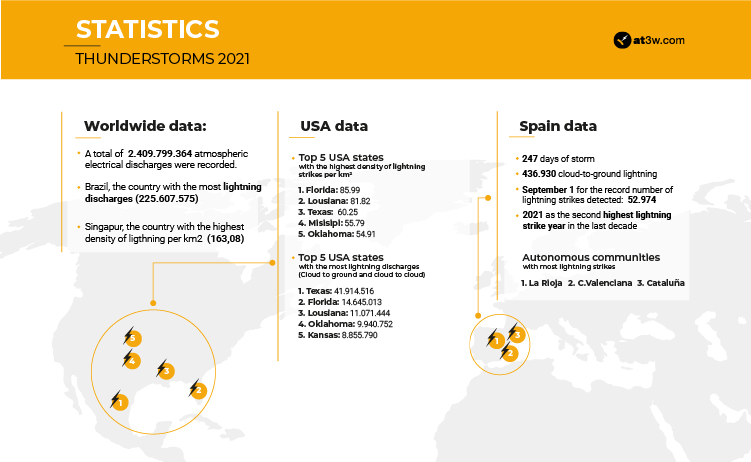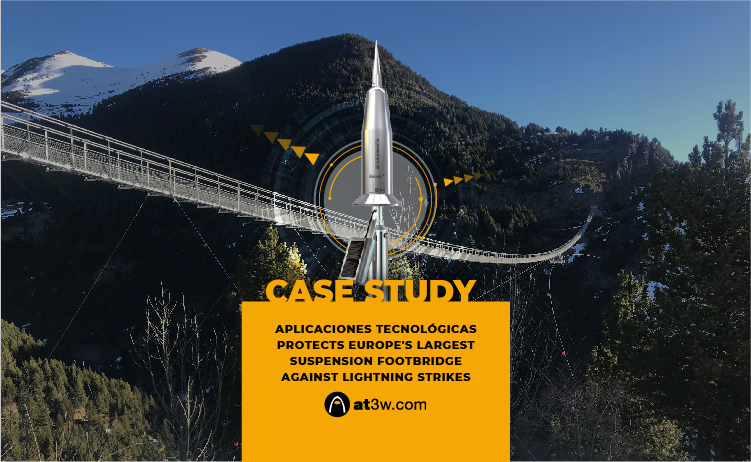Lightning rod maintenance: How and when it should be done
Lightning rods must undergo periodic inspections and maintenance, as indicated by national and international regulations (UNE21186, NF-C 17 102, IEC EN 62305). These periodic inspections of the lightning rod allow the detection of deviations from the reference standards or anomalies in the installation caused by environmental conditions such as corrosion, incorrect handlings such as sectioning or robberies, or other circumstances such as expansions of the building where the lightning rod is located.



